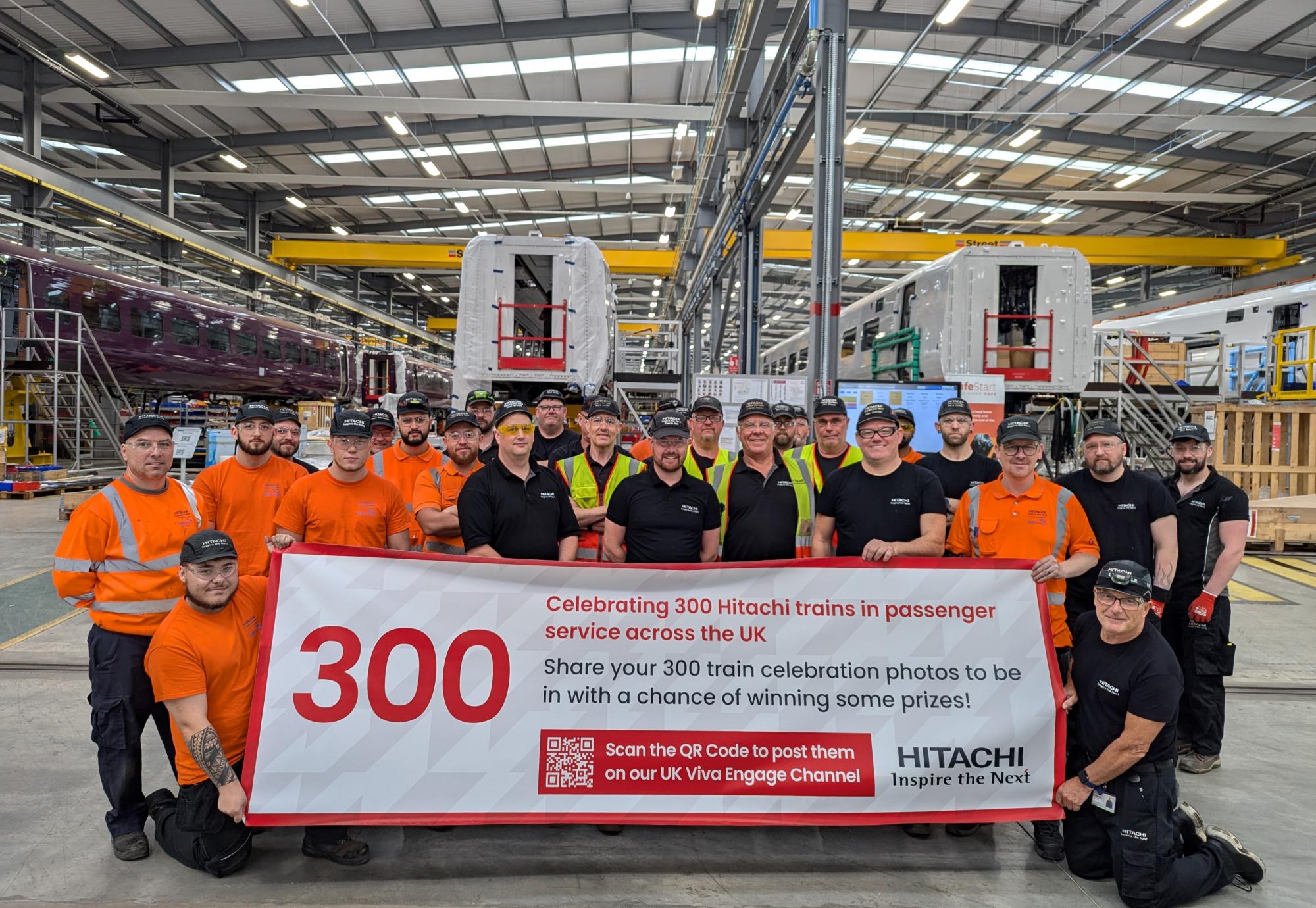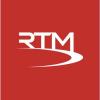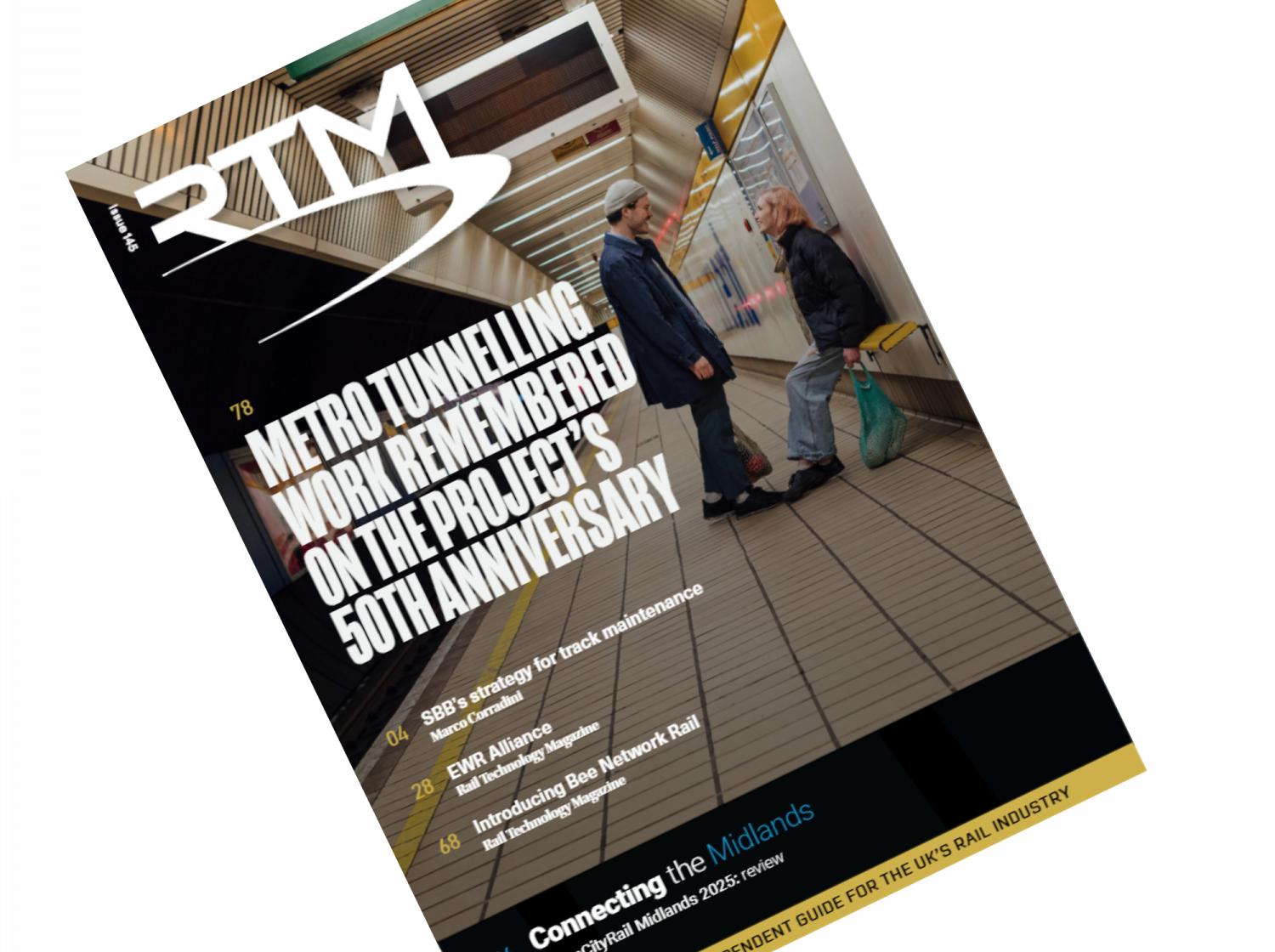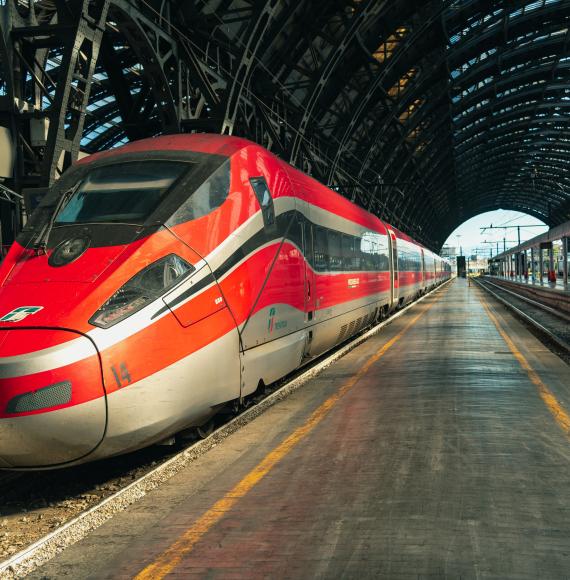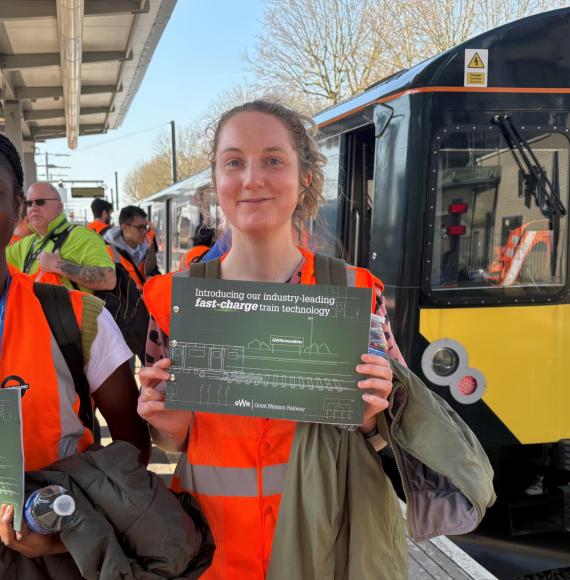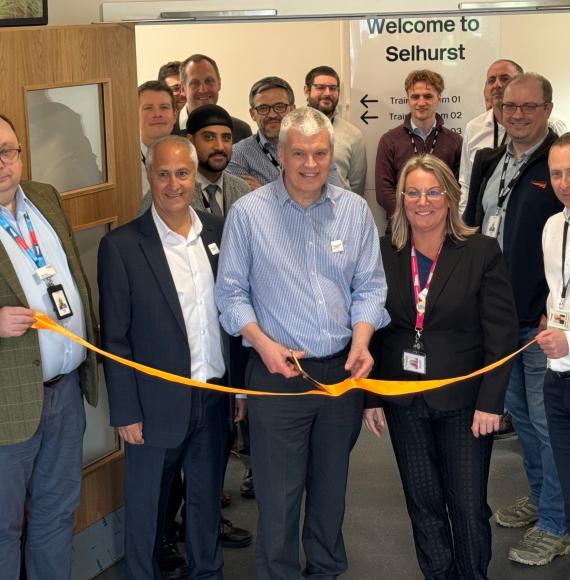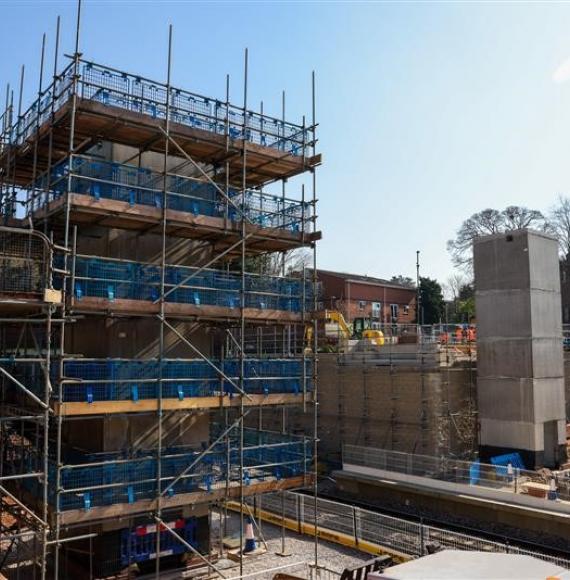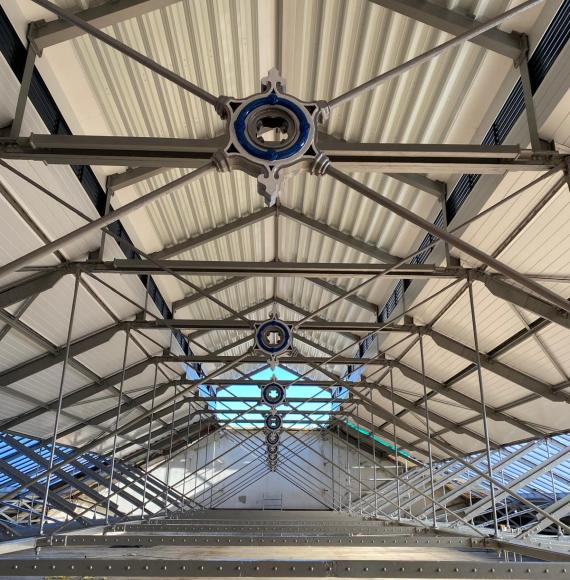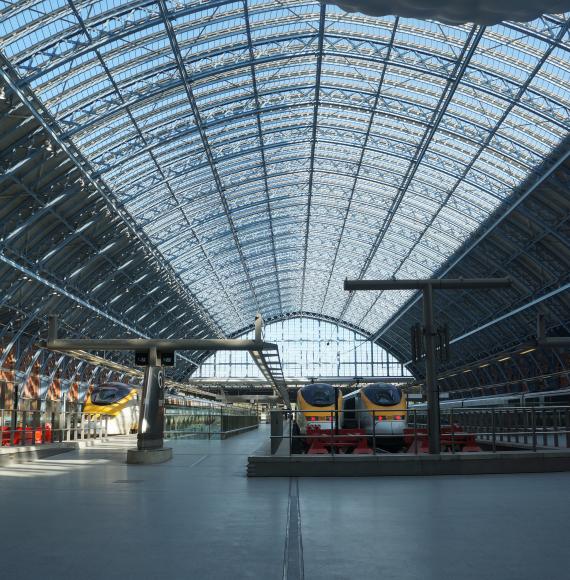Hitachi has proudly delivered its 300th train for UK passengers. The delivery of the latest Class 807 for Avanti West Coast represents a significant milestone in the ongoing transformation of the UK railways, which began with the introduction of the iconic Class 395 Javelin train in June 2009.
Over the past 15 years, Hitachi Rail has collaborated with partners across the rail industry, making it possible to travel from Penzance to the Scottish Highlands on Hitachi trains.
The diverse Hitachi Rail fleet includes Scotland’s fastest commuter train (Class 385) on Scotland’s Central Belt, the reliable intercity Class 800 on the East Coast Mainline, to the UK’s fastest passenger train (Class 395) on HS1, the high-speed line from St Pancras International.
With 2,100 high-skilled maintenance employees across 16 sites, and leveraging an extensive UK supply chain, Hitachi’s maintenance operations contribute £500 million gross value add to UK economy every year.
Jim Brewin, Chief Director of UK & Ireland Hitachi Rail said: “Delivering our 300th UK train is symbolic of what the rail industry can achieve through strategic partnership.
“Transforming levels in reliability, capacity and performance across Britian’s railways is only possible due to quality of industry partners we have in the UK.”
Going from 1 to 300 trains in just 15 years is credit to incredible people that have embodied the spirit of Hitachi Rail. With exciting innovations in green and digital technology being developed in the UK, Hitachi Rail is already working towards the future.”
On 31 May 2024, Hitachi Rail completed the acquisition of Thales’ Ground Transportation Systems business (GTS), expanding the business’s footprint to 24,000 colleagues across 51 countries. The acquisition has enabled Hitachi Rail to expand its product and technology portfolio, including enhancing its expertise in delivering signalling in the UK. Hitachi Rail is now responsible for more than one million passenger journeys each day in London, with our SelTrac™ signalling technology underpinning 60% of TFL’s transport network.
Image credit: Hitachi

